The Port of Los Angeles, often called America’s Port, is a significant gateway for international trade and an essential part of the global supply chain. Located next to the Port of Long Beach, these two ports form one of the largest and most important port complexes worldwide. The Port of Los Angeles’s strategic positioning and extensive infrastructure make it a vital economic driver, fueling regional and national growth.
As a central hub for international trade, the port handles most of the United States’ import and export activities. This includes exporting and importing various goods, from consumer products to industrial machinery, establishing the port as an indispensable part of the global trade network. The port’s proximity to key markets in the Pacific Rim further enhances its importance, facilitating trade with significant economies such as China, Japan, and South Korea.
Additionally, the port’s economic impact extends well beyond its immediate operations. It supports thousands of jobs, both directly and indirectly, and significantly contributes to local and national economies. The port’s environmental impact is also notable, necessitating ongoing efforts to reduce pollution and promote sustainability.
Let’s now go over the port’s history and development.
Historical Development
The history of the Port of Los Angeles dates back to the early 20th century when the need for a more substantial harbor facility became evident. Initially, the area featured a modest harbor with limited facilities. However, as maritime trade grew, the demand for improved infrastructure became inevitable. Early investments focused on creating a functional harbor accommodating larger vessels and handling increased cargo volumes.
Significant efforts to improve the harbor began in the early 1900s. These initial developments laid the foundation for what would become one of the world’s busiest ports. The construction of piers, wharves, and breakwaters began the port’s transformation. These early facilities were crucial in establishing the port as a significant player in maritime trade.
Federal Investment and Municipal Operation
Federal investment played a critical role in developing the Port of Los Angeles. Recognizing the port’s strategic importance, the U.S. government provided substantial funding for its expansion. These investments facilitated the construction of essential infrastructure, including modern piers, improved breakwaters, and expanded dock facilities.
The port’s governance structure also enabled it to respond effectively to changing economic conditions and market demands.
Establishment as a Semi-Autonomous Harbor Department
1907 the Port of Los Angeles was established as a semi-autonomous harbour department. This organizational structure gave the port the independence necessary to manage its operations efficiently while remaining accountable to the city of Los Angeles.
The semi-autonomous status allowed the port to operate with greater flexibility, enabling it to make strategic decisions that supported its growth and development. The port’s semi-autonomous status has been instrumental in adapting to changing economic and ecological conditions.
Experience seamless FCL shipping with Intoglo! Our door-to-door service from India to the USA eliminates third-party interference, ensuring cost-effective and reliable shipping. Contact us today to streamline your logistics and focus on growing your business!
To understand the port and its services clearly, we need to understand the operations and facilities of Los Angeles port, so let’s get into it.
Operations and Facilities
Terminal Space Management
The Port of Los Angeles, which spans over 7,500 acres of land and water, is enormous in terms of space management. Efficient terminal space management is crucial for ensuring smooth operations and minimizing delays.
Let’s look at how Los Angeles Port manages terminal space to keep all the operations running smoothly:
- Container terminals form the backbone of the port’s operations, handling most of its cargo volume. These terminals have state-of-the-art facilities, including large cranes, automated systems, and extensive storage areas. Efficient management of container terminals ensures that goods can be loaded and unloaded quickly, minimizing ship turnaround times.
- Automobile terminals play a vital role in receiving and distributing imported vehicles. These terminals are designed to handle large volumes of cars, ensuring they are processed efficiently and delivered promptly to dealerships and consumers. The port’s automobile terminals feature specialized infrastructure, including ramps, storage lots, and inspection facilities.
- Bulk terminals manage a variety of bulk commodities, such as grains, coal, and petroleum products. These terminals are equipped with facilities for loading and unloading bulk cargo, including conveyor belts, storage silos, and pipelines. Efficient management of bulk terminals is essential for ensuring the smooth flow of commodities and supporting industries reliant on these materials.
Leasing Strategies and Agreements
The port’s leasing strategies are crucial to its operations. The seaport generates significant revenue by leasing terminal space to private companies while ensuring the facilities are used efficiently. These agreements are carefully structured to balance the port’s needs with those of the lessees, fostering long-term partnerships that benefit both parties.
Leasing agreements at the Port of Los Angeles typically include provisions for minimum annual guarantees (MAGs), ensuring a steady revenue stream for the port. These agreements include facility maintenance, operational standards, and environmental compliance terms.
Notable Acquisitions and Litigations
Over the years, the Port of Los Angeles has been involved in several notable acquisitions and litigations. These events have shaped the port’s operational landscape and influenced its growth trajectory. Strategic acquisitions have expanded the port’s capabilities, enabling it to handle a broader range of cargo and support new industries.
Litigations involving the port have often led to policy changes and improved regulatory compliance. These legal challenges have highlighted the need for robust governance and transparent operations. By addressing legal issues proactively, the port has maintained its reputation as a reliable and responsible entity.
If you plan to import your logistics to the Los Angeles port, it is essential to know the port finances and rates, which we will discuss in the next section.
Port Finances and Rates
- The ports of Los Angeles and Long Beach have been awarded a total of $112 million in federal money from the U.S. Army Corps of Engineers. Local and state leaders touted it as a milestone toward equitable funding.
- The Port of Los Angeles maintains its financial health through debt management and strategic rate-setting. The port issues bonds to fund large infrastructure projects, ensuring it can expand and upgrade its facilities as needed.
- Rate-setting is a critical aspect of the port’s financial strategy. The port must balance competitiveness with generating sufficient revenue to cover its operating expenses and debt obligations.
- Minimum Annual Guarantee (MAG) rates are critical to the port’s leasing agreements. These rates ensure a guaranteed minimum revenue from lessees, providing financial stability for the port.
- Lease agreements at the Port of Los Angeles are designed to reflect the economic realities of maritime trade. These agreements consider market demand, economic cycles, and competitive pressures.
Every great port must have a robust goods movement system. The following section will examine how Los Angeles Port operates regarding goods movement.
Goods Movement System
Integration with Freight Rail, Planes, and Commercial Trucks
The Port of Los Angeles is a critical node in the broader goods movement system, seamlessly integrating with freight rail, planes, and commercial trucks. This multimodal connectivity ensures that goods can be transported efficiently to and from the port, minimizing delays and reducing transportation costs.
Freight rail is crucial in moving large cargo volumes over long distances. The port is connected to an extensive rail network, enabling the efficient transport of goods to inland destinations. Rail services are essential for bulk commodities and containerized cargo, providing a cost-effective and environmentally friendly alternative to road transport.
Planes handle high-value and time-sensitive shipments, ensuring that goods can reach their destinations quickly. The port’s proximity to major airports, including Los Angeles International Airport (LAX), facilitates the seamless cargo transfer between air and sea modes. This integration is essential for supporting industries that rely on rapid delivery times, such as electronics and pharmaceuticals.
Commercial trucks distribute goods to regional and local destinations. The port is connected to a vast network of highways, enabling efficient truck transport to and from the port. Trucks play a vital role in the first and last mile of the supply chain, ensuring that you can deliver the goods directly to customers and distribution centers.
Connections with Distribution Centers and Warehouses
Distribution centers near the port are critical hubs for sorting and processing incoming shipments. These centers handle a variety of goods, from consumer products to industrial materials, ensuring that they are distributed to the appropriate destinations. The proximity of these centers to the port reduces transportation costs and improves the efficiency of the supply chain.
Warehouses provide essential storage capacity for goods awaiting distribution. These facilities have advanced inventory management systems, ensuring that goods are tracked and managed effectively. Integrating warehouses with the port’s operations supports just-in-time delivery models, reducing inventory holding costs and improving supply chain efficiency.
Reduce your shipping costs with Intoglo’s exclusive 10 free days in the U.S with premium shipping lines. No other company offers this advantage! Partner with us for cost-effective, secure, and reliable shipping solutions. Get in touch with Intoglo now!
Role in National and International Commerce
The Port of Los Angeles is indispensable to both national and international commerce. As a primary gateway for trade, it handles a significant portion of the country’s imports and exports.
In addition to its international role, the port supports domestic commerce by facilitating the movement of goods across the United States. The port’s integration with the national transportation network enables the efficient distribution of goods to all regions of the country. This connectivity is essential for supporting industries and consumers nationwide.
Also read: Rise and Growth of Jewelery Exports from India
It’s our collective responsibility to ensure environmental sustainability, and Los Angeles Port is no different. The following section will examine the port’s air quality and environmental impact.
Air Quality and Environmental Impact
Pollution from Diesel-Fueled Vehicles and Equipment
The Port of Los Angeles operations contribute to air pollution, primarily from diesel-fueled vehicles and equipment. These emissions include particulate matter, nitrogen oxides, and sulfur dioxide, which have significant environmental and public health consequences.
The port has implemented various measures to address pollution from diesel-fueled vehicles, including using cleaner fuels, retrofitting equipment with emission-reduction technologies, and adopting zero-emission vehicles.
Public Health and Environmental Consequences
The environmental impact of port operations of Port Los Angeles extends beyond air pollution. Water pollution, noise pollution, and habitat disruption are other significant consequences. These ecological issues directly and indirectly affect public health, particularly in communities near the port.
Habitat disruption from port expansion and dredging activities can impact local wildlife and ecosystems. These activities can destroy habitats, alter water flow patterns, and introduce invasive species. Efforts to minimize habitat disruption and restore affected areas are critical for preserving biodiversity and maintaining ecological balance.
Impact on Disadvantaged Communities
Disadvantaged communities are often disproportionately affected by port operations’ environmental impacts. These communities face higher exposure to pollutants, leading to increased health risks and reduced quality of life.
The port has implemented several programs to reduce the environmental burden on disadvantaged communities. These include air quality monitoring, community outreach and education, and targeted emission reduction projects.
State and Local Regulatory Efforts
State and local governments have implemented various regulatory efforts to mitigate the Port of Los Angeles’s environmental impact. Critical regulatory efforts include the California Air Resources Board’s (CARB) regulations on diesel emissions, the Clean Truck Program, and the Green Port Policy.
These initiatives set stringent standards for air quality and encourage the adoption of cleaner technologies and practices. As one of the major ports in the USA, Los Angeles port faces heavy traffic of shipments. Let’s look at how they overcome challenges like this.
Port Congestion Challenges
Recent Increase in Goods Volume
In recent years, the Port of Los Angeles has experienced a significant increase in goods volume. This surge has been driven by rising consumer demand, economic growth, and changes in global trade patterns. While this increase is a positive indicator of economic activity, it has also led to congestion challenges that affect the efficiency of port operations and the broader supply chain.
Managing the increased volume of goods is essential for maintaining smooth operations at the port. Congestion can lead to delays in cargo movement, increased transportation costs, and reduced productivity. Addressing these challenges requires a comprehensive approach that includes infrastructure improvements, operational enhancements, and workforce development.
Factors Contributing to Congestion
Several factors contribute to port congestion, including limited terminal space, labor shortages, and increased demand for goods. Terminal space is a critical constraint, as the port must accommodate a growing number of ships and containers. Expanding terminal capacity and optimizing space utilization are essential for reducing congestion.
Impact on Consumer Prices and Emissions
Port congestion has a direct impact on consumer prices and emissions. Delays in the movement of goods can lead to higher transportation costs, often passed on to consumers at higher prices. This can affect the affordability of goods and contribute to inflationary pressures.
Congestion also increases emissions from idling vehicles and equipment, exacerbating environmental issues. Addressing congestion is therefore critical for economic reasons and reducing the port’s ecological footprint.
Calls for Infrastructure Improvements
There have been calls for significant infrastructure improvements at the Port of Los Angeles to address congestion challenges. These improvements aim to increase capacity, enhance efficiency, and reduce the environmental impact of port operations. State and federal support is critical for funding these initiatives and ensuring their successful implementation.
Enjoy 24/7 reliable delivery with Intoglo’s FCL shipping services. Our door-to-door service from India to the USA ensures your shipments are handled carefully and efficiently. Contact us today to experience the Intoglo difference and keep your business moving forward!
In the past years, the port has faced some actions from state and federal actions regarding port infrastructure and environmental sustainability; let’s now go over what they are.
Also read: Procedures and Documents Required for Export
Recent State and Federal Actions
In response to Port of Los Angeles’s challenges, state executive orders and legislative actions have prioritized port infrastructure and environmental sustainability. Key state actions include executive orders to reduce emissions, improve air quality, and enhance port infrastructure. These orders set ambitious emission reduction targets and encourage the adoption of cleaner technologies and practices.
The federal government has also recognized the Port of Los Angeles’s importance, funding critical infrastructure projects. This funding supports improvements that enhance the port’s capacity, efficiency, and environmental sustainability. The White House has implemented an action plan to improve supply chain efficiency, focusing on significant ports like Los Angeles. This plan includes addressing congestion, improving goods movement, and supporting sustainable port operations.
Future Outlook
Balancing Goods Movement with Environmental Goals
The future of the Port of Los Angeles involves balancing the need for efficient goods movement with environmental goals. This balance is critical for ensuring the port can continue supporting economic growth while minimizing its environmental impact. Achieving this balance includes adopting cleaner technologies, enhancing operational efficiency, and promoting sustainability.
Key initiatives include:
- The emission vehicles and implementation.
- The efficient practices. These measures aim to read the port’s carbon footprint and improve air quality.
By investing in sustainability, the port can contribute to broader environmental goals while maintaining its competitive edge.
Need for Efficiency and Capacity Improvements
Ongoing efficiency and capacity improvements are essential for the Port of Los Angeles to meet future demand. These improvements include upgrading infrastructure, adopting new technologies, and enhancing operational practices.
Key focus areas include terminal automation, enhanced data analytics, and streamlined logistics processes. These innovations can help the port handle larger cargo volumes, reduce delays, and improve service quality. Investing in efficiency and capacity improvements is critical for maintaining the port’s competitiveness and supporting economic growth.
Legislative Focus on Sustainable Port Operations
Legislative efforts will continue to focus on promoting sustainable port operations. This includes supporting policies and initiatives that reduce emissions, protect public health, and ensure the port’s long-term viability. Legislative support is essential for advancing key projects and addressing the port’s environmental challenges.
Conclusion
The Port of Los Angeles is a cornerstone of international trade and a significant economic driver for the region. Its rich history, complex operations, and ongoing challenges highlight the importance of strategic management and continuous improvement. By balancing economic growth with environmental sustainability, the port can maintain its position as a leading global trade hub while addressing the needs of the communities it serves.
Simplify your international shipping with Intoglo. We eliminate third-party interference and offer a seamless and cost-effective solution for your FCL shipments from India to the USA. Contact us now to streamline your logistics and focus on growing your business!


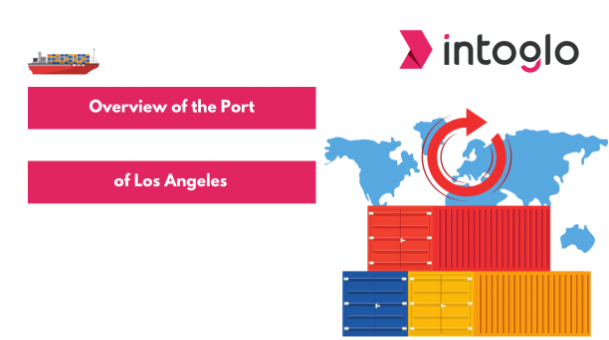
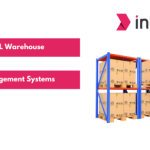
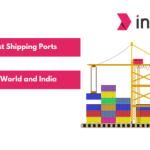
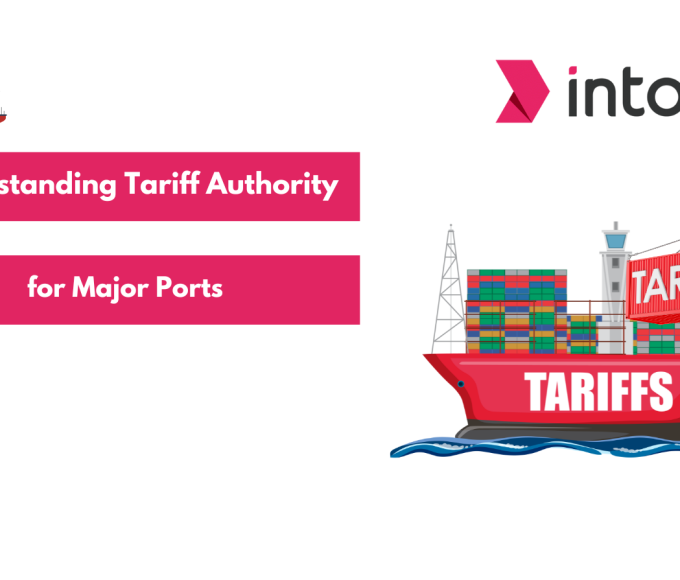
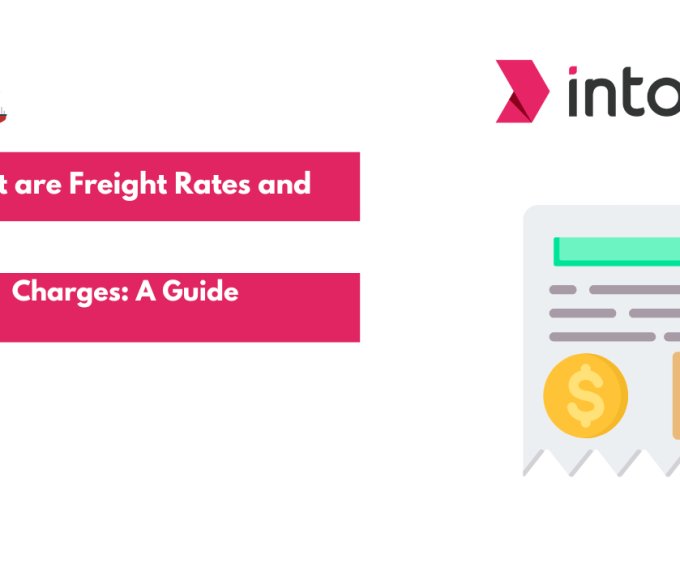
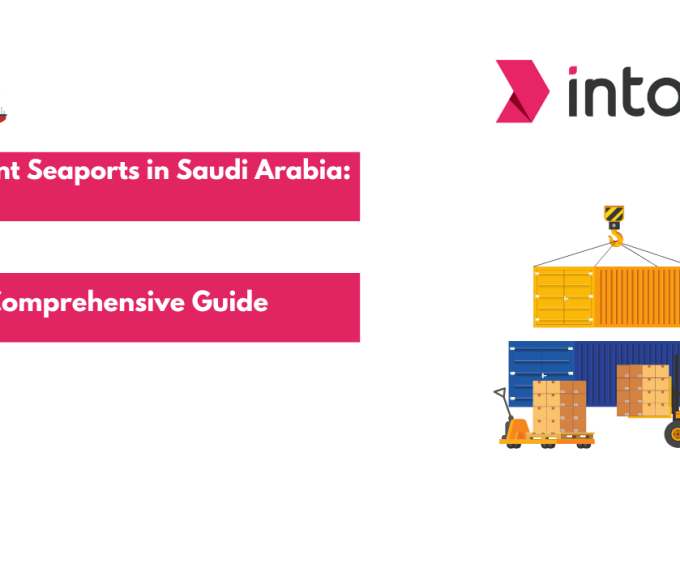
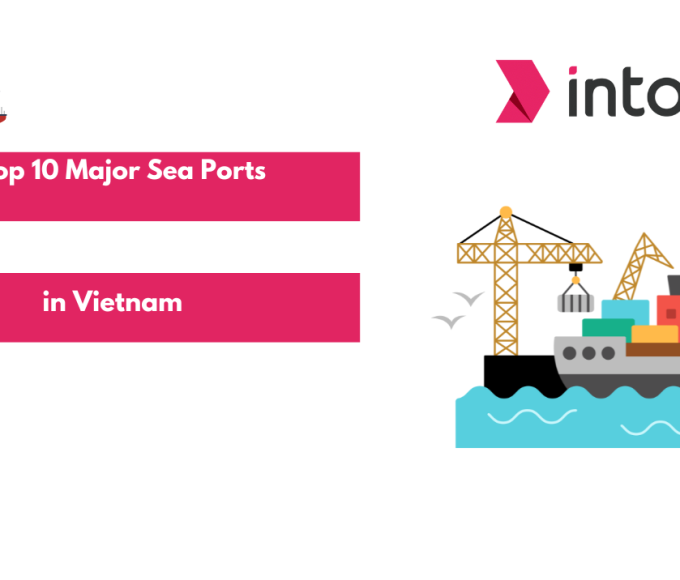
Leave a comment